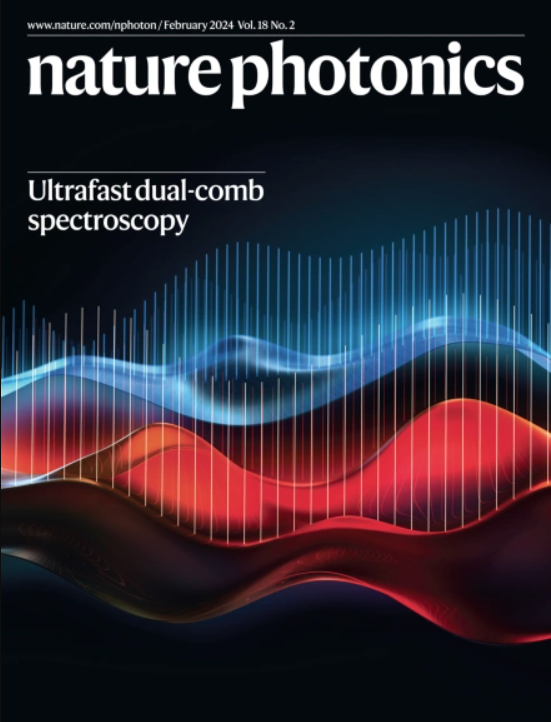Model-free estimation of the Cramér–Rao bound for deep learning microscopy in complex media
IF 32.9
1区 物理与天体物理
Q1 OPTICS
引用次数: 0
Abstract
Artificial neural networks have become important tools to harness the complexity of disordered or random photonic systems. Recent applications include the recovery of information from light that has been scrambled during propagation through a complex scattering medium, especially in the challenging case in which the deterministic input–output transmission matrix cannot be measured. This naturally raises the question of what the limit is that information theory imposes on this recovery process, and whether neural networks can actually reach this limit. To answer these questions, we introduce a model-free approach to calculate the Cramér–Rao bound, which sets the ultimate precision limit at which artificial neural networks can operate. As an example, we apply this approach in a proof-of-principle experiment using laser light propagating through a disordered medium, evidencing that a convolutional network approaches the ultimate precision limit in the challenging task of localizing a reflective target hidden behind a dynamically fluctuating scattering medium. The model-free method introduced here is generally applicable to benchmark the performance of any deep learning microscope, to drive algorithmic developments and to push the precision of metrology and imaging techniques to their ultimate limit. A convolutional network that approaches the fundamental Cramér–Rao bound is demonstrated to localize a reflective target hidden behind a dynamically fluctuating scattering medium, advancing algorithmic developments in the field of computational imaging.


复杂介质下深度学习显微镜的cram r - rao界无模型估计
人工神经网络已成为控制无序或随机光子系统复杂性的重要工具。最近的应用包括从在复杂散射介质中传播过程中被打乱的光中恢复信息,特别是在确定性输入输出传输矩阵无法测量的具有挑战性的情况下。这自然提出了一个问题:信息理论对这种恢复过程施加的限制是什么?神经网络是否真的能达到这个极限?为了回答这些问题,我们引入了一种无模型的方法来计算cram r - rao界,它设定了人工神经网络可以运行的最终精度极限。作为一个例子,我们将这种方法应用于一个原理验证实验中,该实验使用激光在无序介质中传播,证明卷积网络在定位隐藏在动态波动散射介质后的反射目标这一具有挑战性的任务中接近最终精度极限。这里介绍的无模型方法一般适用于任何深度学习显微镜的性能基准测试,推动算法的发展,并将计量和成像技术的精度推向极限。
本文章由计算机程序翻译,如有差异,请以英文原文为准。
求助全文
约1分钟内获得全文
求助全文
来源期刊

Nature Photonics
物理-光学
CiteScore
54.20
自引率
1.70%
发文量
158
审稿时长
12 months
期刊介绍:
Nature Photonics is a monthly journal dedicated to the scientific study and application of light, known as Photonics. It publishes top-quality, peer-reviewed research across all areas of light generation, manipulation, and detection.
The journal encompasses research into the fundamental properties of light and its interactions with matter, as well as the latest developments in optoelectronic devices and emerging photonics applications. Topics covered include lasers, LEDs, imaging, detectors, optoelectronic devices, quantum optics, biophotonics, optical data storage, spectroscopy, fiber optics, solar energy, displays, terahertz technology, nonlinear optics, plasmonics, nanophotonics, and X-rays.
In addition to research papers and review articles summarizing scientific findings in optoelectronics, Nature Photonics also features News and Views pieces and research highlights. It uniquely includes articles on the business aspects of the industry, such as technology commercialization and market analysis, offering a comprehensive perspective on the field.
 求助内容:
求助内容: 应助结果提醒方式:
应助结果提醒方式:


